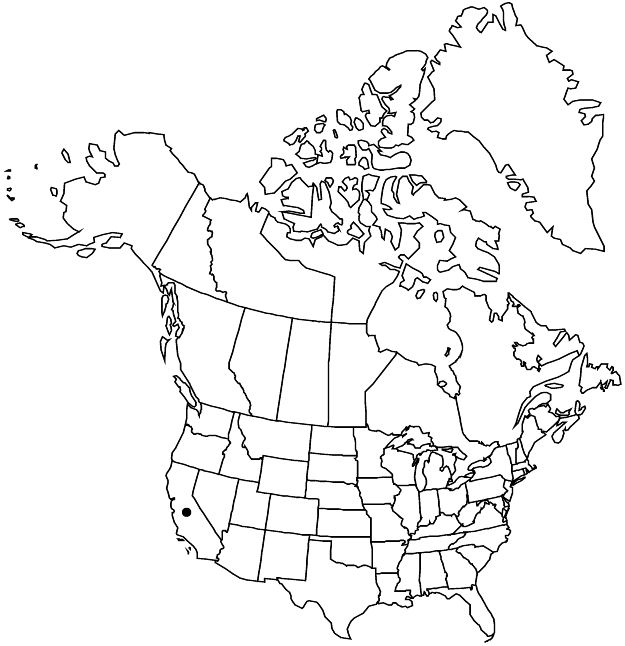Difference between revisions of "Ceanothus tomentosus var. tomentosus"
FNA>Volume Importer |
FNA>Volume Importer |
||
| Line 48: | Line 48: | ||
|publication year= | |publication year= | ||
|special status=Endemic | |special status=Endemic | ||
| − | |source xml=https://jpend@bitbucket.org/aafc-mbb/fna-data-curation.git/src/ | + | |source xml=https://jpend@bitbucket.org/aafc-mbb/fna-data-curation.git/src/f6b125a955440c0872999024f038d74684f65921/coarse_grained_fna_xml/V12/V12_1002.xml |
|genus=Ceanothus | |genus=Ceanothus | ||
|subgenus=Ceanothus subg. Ceanothus | |subgenus=Ceanothus subg. Ceanothus | ||
Revision as of 18:14, 24 September 2019
Leaf blades: margins serrulate, abaxial surface uniformly and densely tomentulose, veins obscured. 2n = 24.
Phenology: Flowering Mar–May.
Habitat: Open sites, chaparral, oak-pine woodlands.
Elevation: 100–1600 m.
Discussion
Variety tomentosus is restricted to the western slope of the Sierra Nevada, from Nevada County south to Mariposa County. A rare, low-growing form with spreading stems occurs on nutrient-poor, sandy soils of the Ione Formation in Amador County.
Selected References
None.
Lower Taxa
None.
